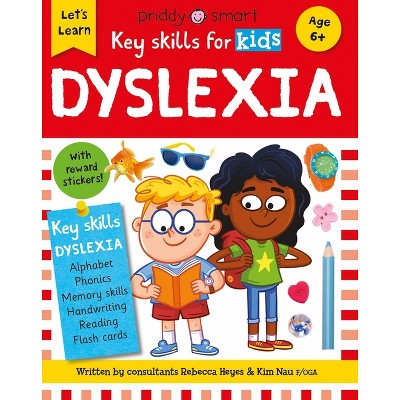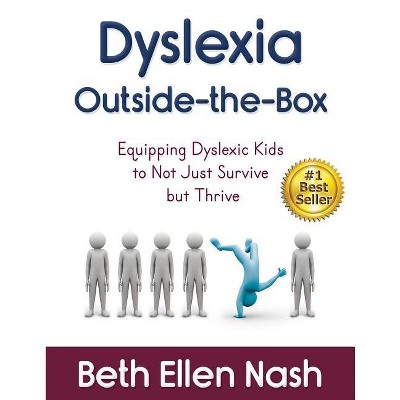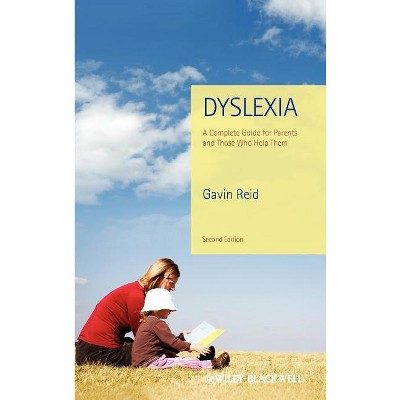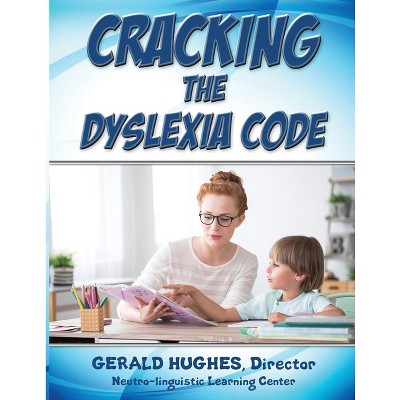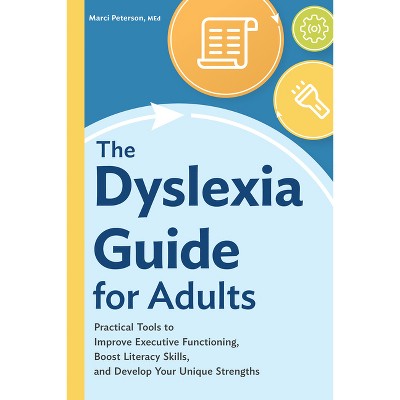Sponsored

Dyslexia and Learning Style 2e - 2nd Edition by Tilly Mortimore (Paperback)
In Stock
Sponsored
About this item
Highlights
- The first section of this research based but practical book has been updated to examine the most recent research in two key areas: dyslexia and the dyslexic experience and the major cognitive and learning styles.
- About the Author: Tilly Mortimore PhD, UK Tilly is a lecturer in SpLD and Dyslexia at Southampton University and a highly successful Wiley author.
- 336 Pages
- Education, Special Education
Description
Book Synopsis
The first section of this research based but practical book has been updated to examine the most recent research in two key areas: dyslexia and the dyslexic experience and the major cognitive and learning styles. In the light of increased controversy around the use of learning style theory in the educational arena, suggestions are made as to ways in which these theories can be utilized to inform teaching and learning and maximize success for vulnerable learners.The second section provides a range of ways in which to enable learners to understand and utilize their individual styles along with techniques to help students to absorb, process and create responses to information across the curriculum; practical strategies to help teachers to adapt material to suit differing ways of learning and activities to help students to become more flexible and successful in their approach.
From the Back Cover
The second edition of this highly successful book, Dyslexia and Learning Style builds on the latest research to extend its practical, evidence-based approach to learning style in the educational environment. Containing a response to the most recent critical insights into style theory and new suggestions for practical work for students within a range of educational contexts, this book remains essential for any teacher wishing to use awareness of style preferences to ensure that all students are helped to succeed.Recent government policy emphasises inclusive teaching for all and personalised learning. This means that all teachers need to consider how they can adapt the ways in which they teach to maximise success for all learners.
The first section of this practical book provides an overview of the latest research into both dyslexia and learning style and how pupils should be helped to consider the ways in which they can take responsibility to make use of their style preferences to learn effectively. The second section provides ways in which style preferences can be established. It offers techniques to help students absorb, process and create responses to information across the curriculum. It suggests practical ways in which teachers can adapt material to make it accessible to a range of learners and provides activities to help students develop a more flexible approach to learning throughout their studies in school and higher education.
About the Author
Tilly Mortimore PhD, UKTilly is a lecturer in SpLD and Dyslexia at Southampton University and a highly successful Wiley author. She has a Masters in Education and Psychology and a PhD on the relationship between learning style, dyslexia and learning support at University level. She has had great success with the first edition of this book and is a known expert in cognitive and learning styles, inclusion and specific learning difficulties.
